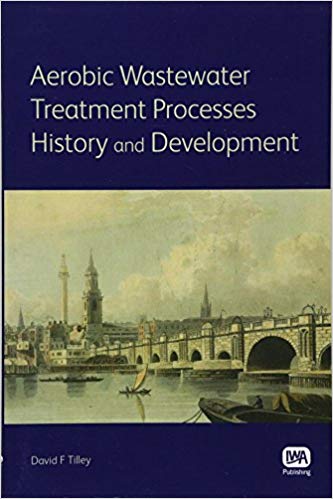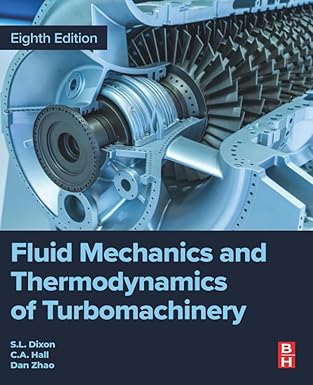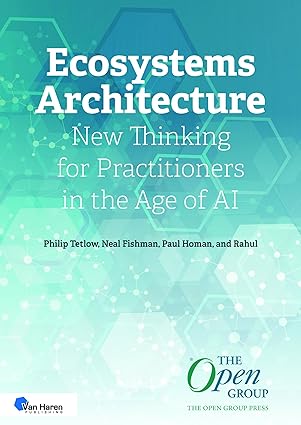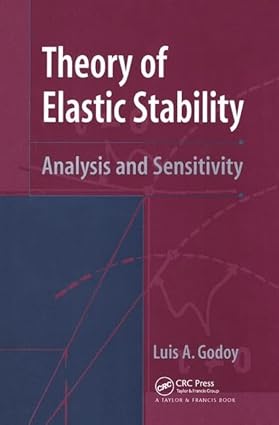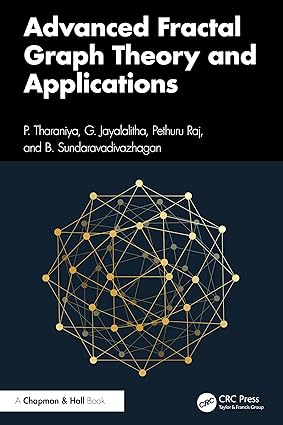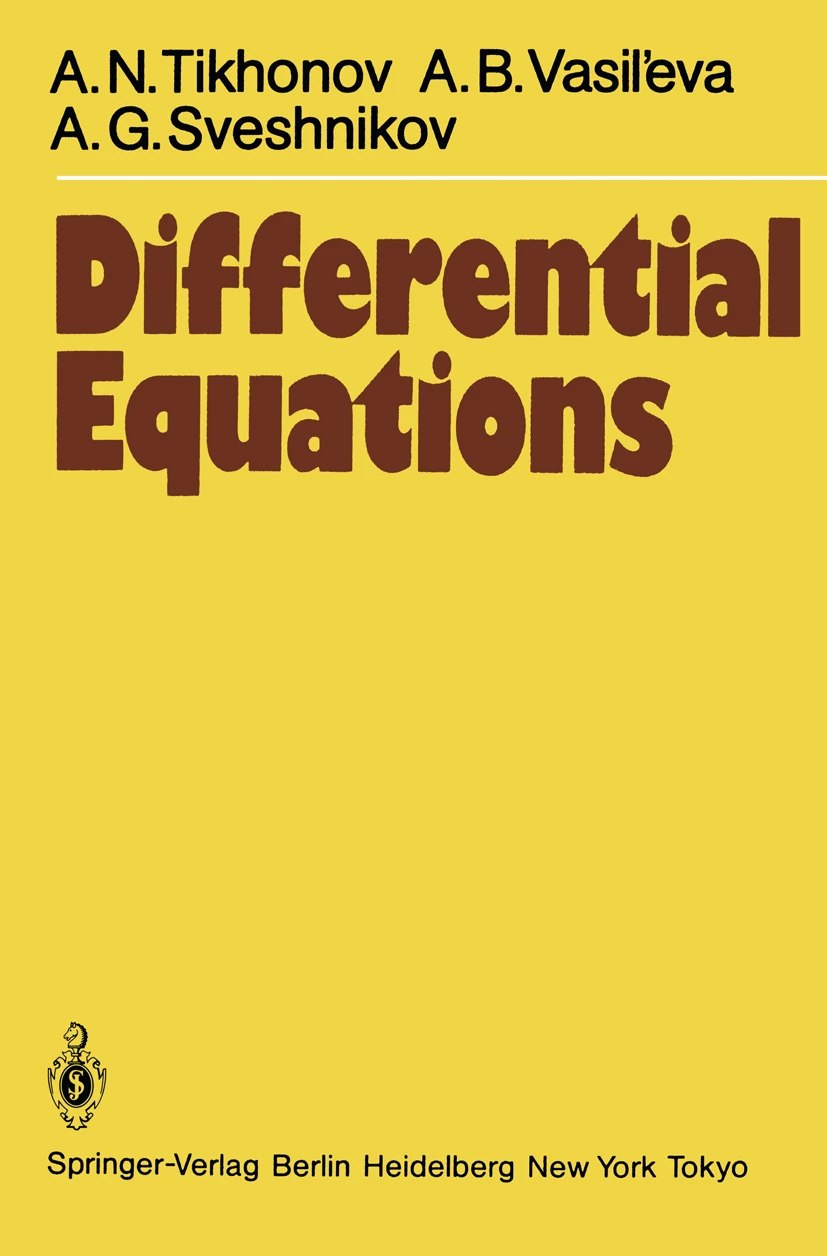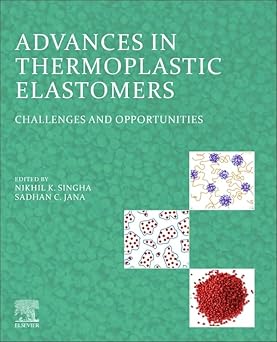Aerobic Wastewater Treatment Processes: History and Development discusses the widely differing influences on the development of aerobic treatment such as water supply, toxic trade effluents, microscopy and population growth in urban areas. It covers the historical development of sewage treatment and the emergence of aerobic biological treatment from the early nineteenth century to the present day. The importance of water supply is examined and the influence this had on the water-carriage system, and the consequent discharge of sewage into rivers. The factors which govern process selection and process development are discussed. There is a continued impetus to reduce land area, capital costs, running costs, and to optimise performance and process control. The discovery of the activated sludge process is detailed including the development, in the early 1900s, of many forms of this process. Industrial wastes were discharged to biological treatment systems and the impact of such pollutants is reviewed. The work of Royal Commissions, River Boards and the National Rivers Authority is summarised, and the advances in chemical analysis and "on-line" measurement of chemical quality characteristics. Later developments such as reed beds and the use of hybrid treatment systems are covered. Examples are included such as the "fixed film" activated sludge process which has found application for small communities in package form, and also for large-scale municipal treatment plants. This book is valuable reading for students of the following courses on CIWEM Dip examination, WITA and B Tech and Environmental Science and Civil Engineering.
چکیده فارسی
فرایندهای تصفیه فاضلاب هوازی: تاریخچه و توسعه تأثیرات بسیار متفاوت بر توسعه تصفیه هوازی مانند تأمین آب، پساب های تجاری سمی، میکروسکوپ و رشد جمعیت در مناطق شهری را مورد بحث قرار می دهد. این توسعه تاریخی تصفیه فاضلاب و ظهور تصفیه بیولوژیکی هوازی از اوایل قرن نوزدهم تا به امروز را پوشش می دهد. اهمیت تامین آب و تاثیر آن بر سیستم حمل و نقل آب و در نتیجه تخلیه فاضلاب به رودخانه ها بررسی می شود. عواملی که بر انتخاب فرآیند و توسعه فرآیند حاکم هستند مورد بحث قرار میگیرند. انگیزه مستمری برای کاهش مساحت زمین، هزینه های سرمایه ای، هزینه های جاری و بهینه سازی عملکرد و کنترل فرآیند وجود دارد. کشف فرآیند لجن فعال شامل توسعه بسیاری از اشکال این فرآیند در اوایل دهه 1900 است. پسماندهای صنعتی به سیستم های تصفیه بیولوژیکی تخلیه شدند و تاثیر این آلاینده ها بررسی می شود. کار کمیسیونهای سلطنتی، هیئتهای رودخانه و سازمان ملی رودخانهها و پیشرفتها در تجزیه و تحلیل شیمیایی و اندازهگیری «آنلاین» ویژگیهای کیفیت شیمیایی خلاصه میشود. پیشرفت های بعدی مانند بسترهای نی و استفاده از سیستم های تصفیه ترکیبی پوشش داده شده است. نمونه هایی مانند فرآیند لجن فعال "فیلم ثابت" که برای جوامع کوچک به صورت بسته بندی کاربرد دارد و همچنین برای تصفیه خانه های شهری در مقیاس بزرگ وجود دارد. این کتاب خواندنی ارزشمند برای دانشجویان دوره های زیر در آزمون CIWEM Dip، WITA و B Tech و علوم محیطی و مهندسی عمران است.
ادامه ...
بستن ...
Ebook details:
عنوان: Aerobic Wastewater Treatment Processes History and Development (9781843395423)
نویسنده: David F. Tilley
ناشر: IWA Publishing (August 22, 2011)
زبان: English
شابک: 1843395428, 978-1843395423
حجم: 5 Mb
فرمت: True Pdf
ادامه ...
بستن ...
